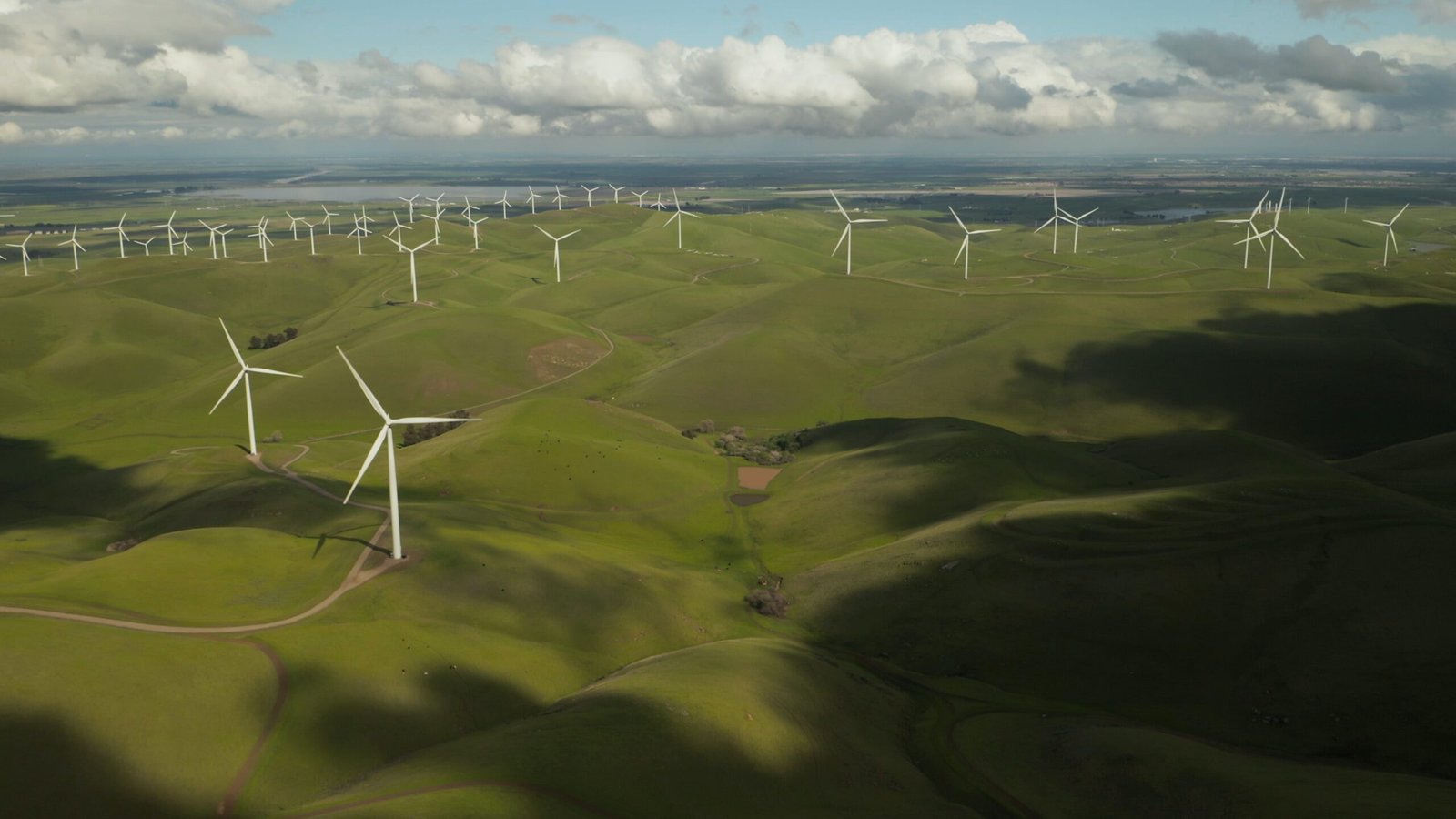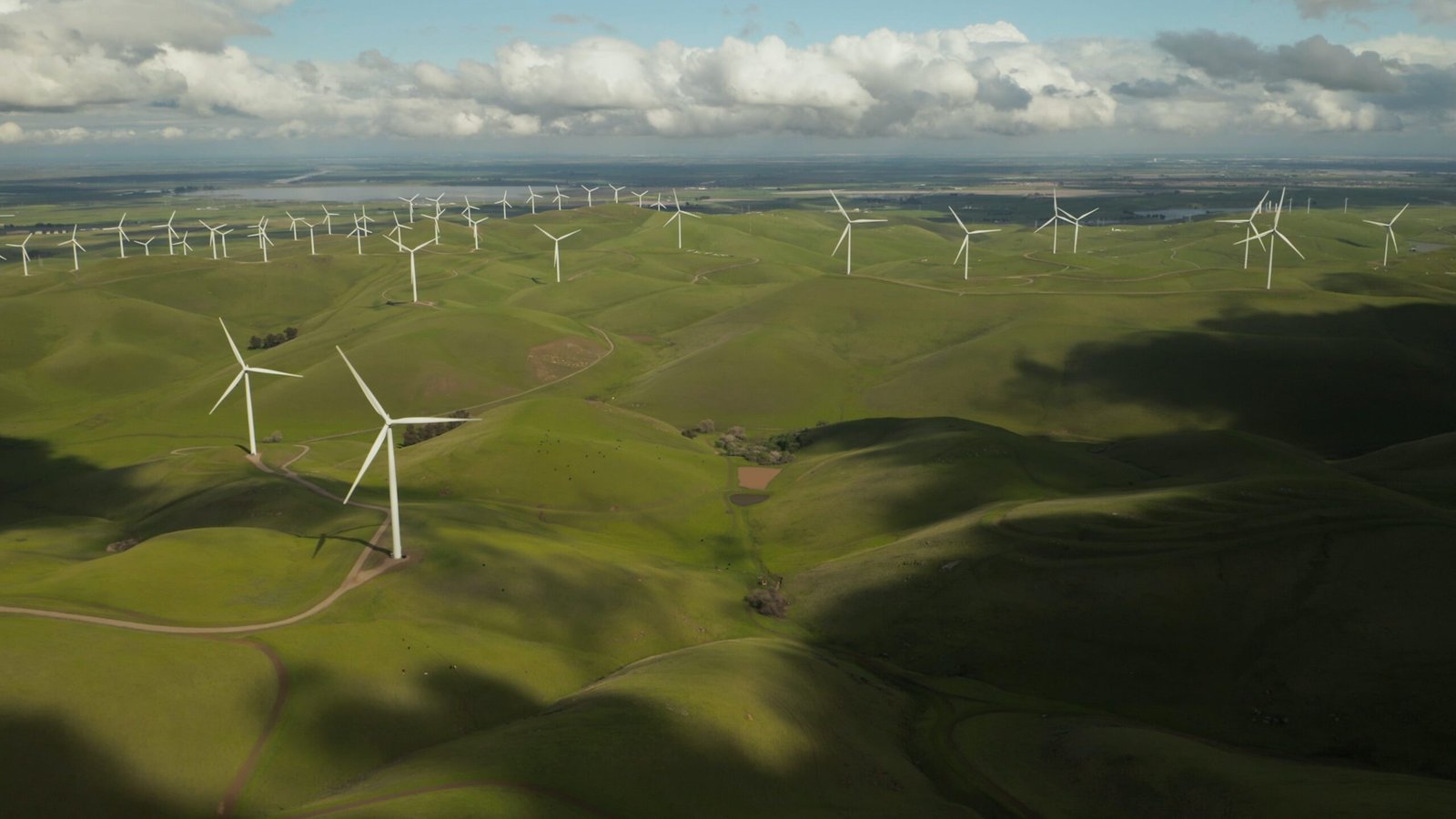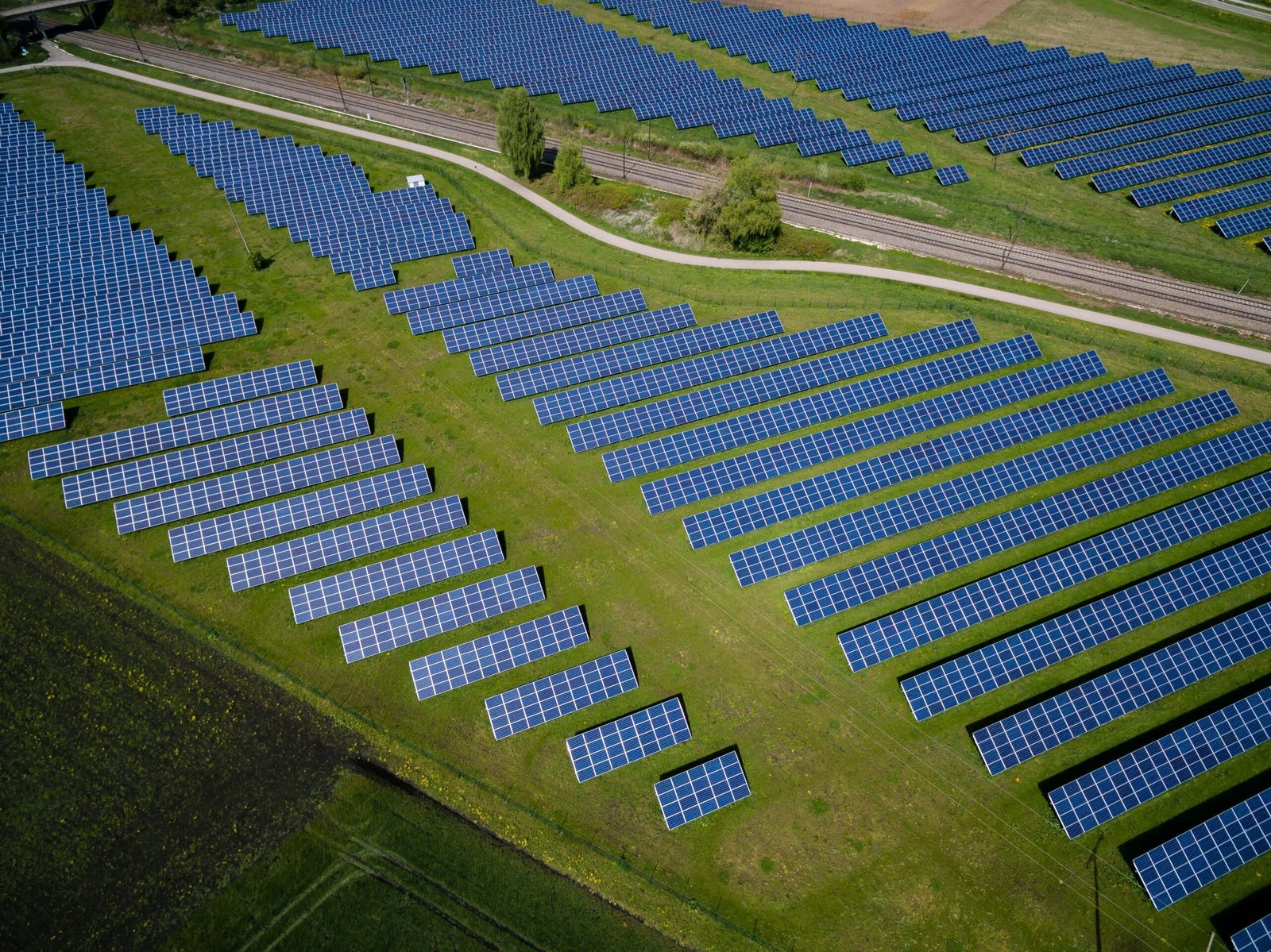Discover the advantages of windmill in harnessing clean and renewable energy. Wind turbines offer cost-effective, scalable, and versatile.
The Advantages of Windmill: Harnessing Clean and Renewable Energy
Wind energy has emerged as a crucial player in the quest for sustainable and clean energy sources. Windmills, also known as wind turbines, have gained popularity worldwide due to their numerous advantages. Exploring the Disadvantages of Windmill Energy. In this blog post, we will explore the benefits of windmills and how they contribute to a greener future.
1. Renewable and Clean
One of the significant advantages of windmills is that they harness renewable energy. Unlike fossil fuels, which deplete over time, wind is an infinite resource. By using wind turbines, we can generate electricity without contributing to air pollution or greenhouse gas emissions. Wind energy is a clean and sustainable alternative to traditional energy sources.
2. Cost-Effective
Wind energy is becoming increasingly cost-effective. As technology advances, the efficiency of wind turbines has improved, and the costs of production and installation have decreased. Additionally, wind energy has a low operational cost, as it does not require expensive fuel or ongoing maintenance. Investing in windmills can provide long-term financial benefits while reducing reliance on costly fossil fuels.
3. Job Creation and Economic Growth
The wind energy industry has the potential to create jobs and stimulate economic growth. The installation, maintenance, and operation of wind turbines require a skilled workforce, leading to employment opportunities in the manufacturing, construction, and maintenance sectors. Moreover, wind farms can attract investments and contribute to local economies, especially in rural areas where land is abundant.
4. Energy Independence
Wind energy offers countries the opportunity to reduce their dependence on imported fossil fuels. By harnessing wind power, nations can increase their energy independence and strengthen their energy security. This reduces the vulnerability to price fluctuations and geopolitical tensions associated with fossil fuel imports.
5. Scalable and Versatile
Wind energy can be deployed on various scales, making it a versatile option. From large-scale wind farms to small turbines for residential use, wind energy can be adapted to different needs and locations. This scalability allows for the integration of wind power into existing energy systems, reducing the reliance on non-renewable sources.
Windmills have proven to be a reliable and sustainable source of energy. Their advantages, such as being renewable, cost-effective, and versatile, make them an essential component of the transition towards a greener future. 100 Ways to Make Money as a Kid. By embracing wind energy, we can reduce carbon emissions, combat climate change, and create a more sustainable planet for future generations.






